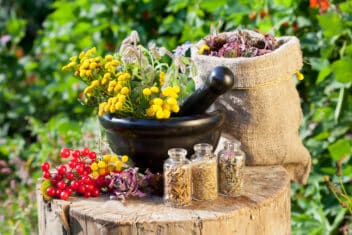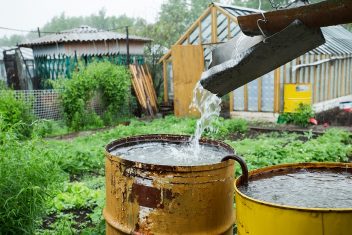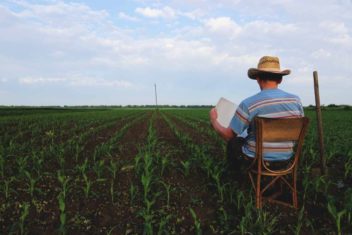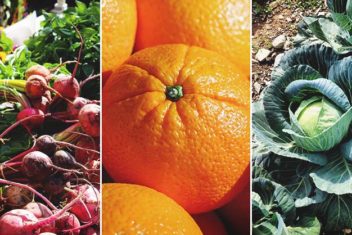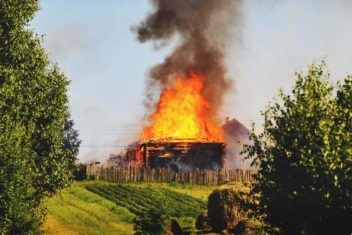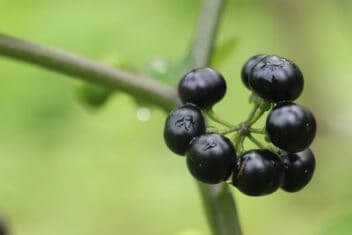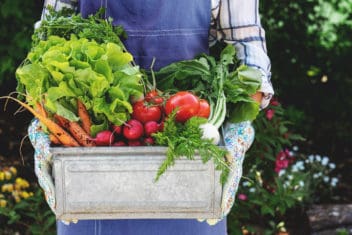Whether you just want to supplement your diet and save some money or aim to grow the food to support yourself and your family in a survival situation, you need to prioritize your space with high-calorie crops.
Choosing high-calorie crops means you get more bang for your growing buck. You’ll be able to feed more people in less space.
Coming up, we’ll discuss the best options if you’re looking for high-calorie seeds, veggies, nuts, and fruits.
The Best High-Calorie Crops
Even though no one wants to think about the possibility of an economic disaster or the rows of food disappearing from the supermarkets, it’s important to be prepared for anything.
A survival garden doesn’t need to take up a ton of space. Even apartment dwellers can supplement their diet to ensure they have access to healthy food if TSHTF.

This list prioritizes vegetables, seeds, nuts, and fruits that can be stored after harvest and also give the best nutritional value for your growing efforts. All of the following options are great for survival gardens and provide excellent nutritional benefits.
1. Potatoes
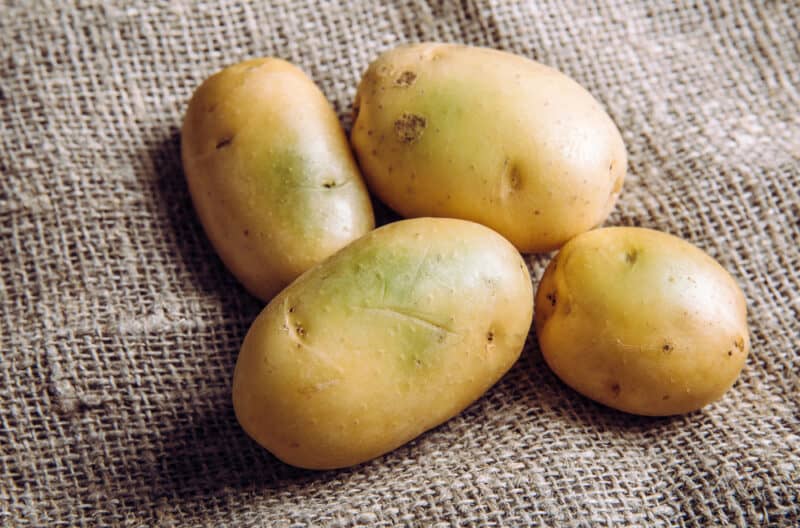
One medium potato has 110 calories, so it’s an excellent choice for people looking for a starchy addition to their diet. The best time to plant potatoes is in early spring, which is two or three weeks before the last frost. Even though this might vary from place to place, it’s a rough estimate for potato planting.
You can either grow potatoes in recycled containers or straight into the ground.
2. Winter Squash
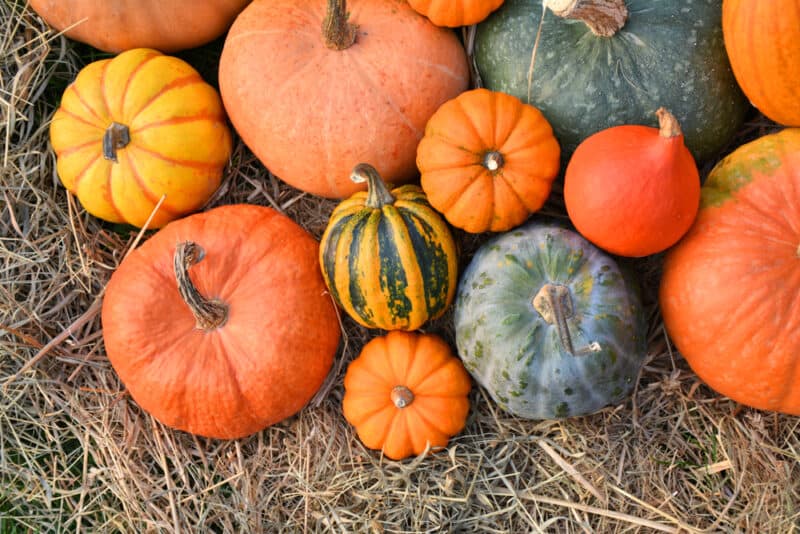
There are several varieties of winter squash that you can grow in your survival garden, including butternut squash, acorn squash, spaghetti squash, and hubbard squash.
As soon as the last frost has ended, plant the seeds in the ground. Just remember to put them in rich, well-drained soil. Once you’ve harvested your squash, they can store for months in a cold cellar, providing calories all winter long.
That’s why we call them winter squash, after all!
You can put some butter on top of the squash in the oven for extra calories. It’s delicious!
Don’t forget the seeds. A cup of roasted squash seeds contains 575 calories.
3. Corn
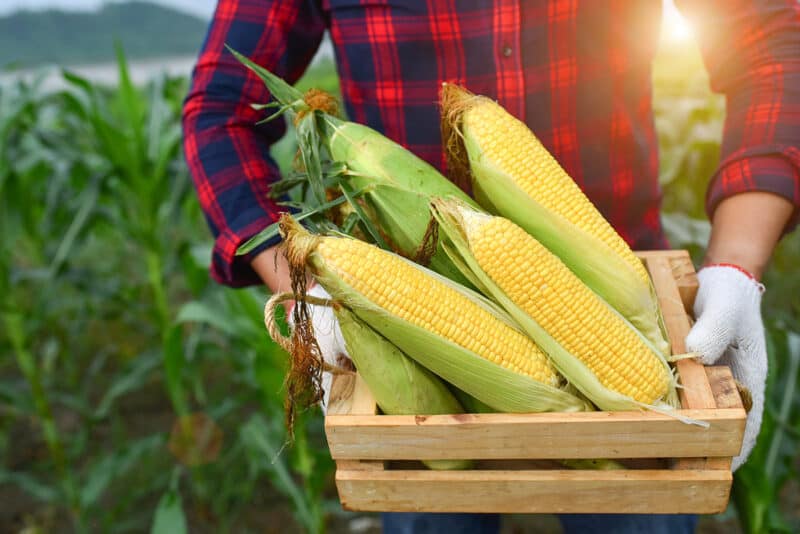
There are two main types of corn: sweet and field corn. Most of the time, home gardeners grow sweet corn as you can eat it straight off the cob. Field corn must be processed to be edible because it’s hard. However, you can process it into cornmeal or other long-lasting products for storage.
One medium ear of sweet corn is 90 calories. An ear of field corn has about 40% more calories and more fiber, fat, and protein.
4. Beans
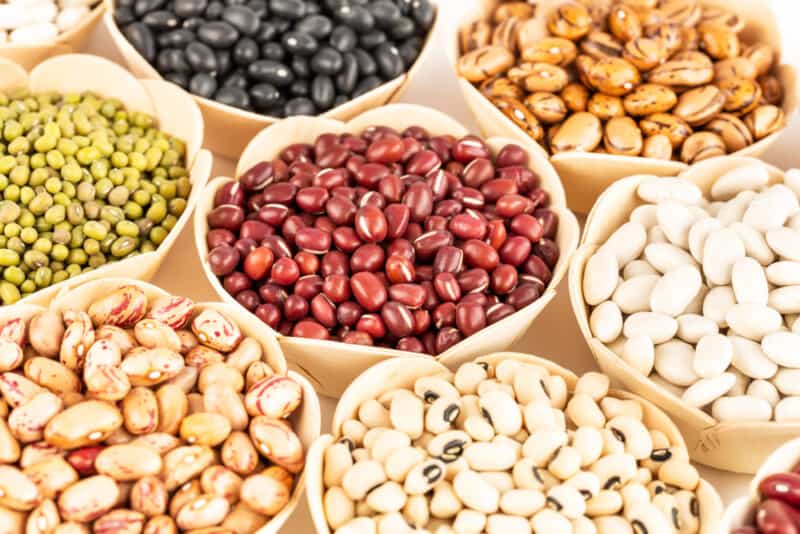
Beans are an essential high-calorie crop for your garden. People have been growing beans for centuries, and there’s a good reason for it. They are rich in nutrients and can be stored for a good, long time.
Soybeans are the highest in calories of all the beans, and one cup is around 298 calories. They’re also high in fiber which can help balance your blood sugar levels.
5. Sunflower Seeds

Sunflowers are not just beautiful, but they are fantastic for eating too.
Eating sunflower seeds provides excellent antioxidant effects, which helps reduce inflammation in your body. They contain zinc, vitamin E, and selenium, which play a crucial role in supporting your immune system. A cup of the seeds contains a whopping 820 calories!
Sunflower seeds are a great snack for when you need something quick to eat that you don’t have to prepare. Pop a handful of roasted sunflower seeds in your mouth, and you’re ready to continue gardening for a few hours.
6. Sweet Potatoes
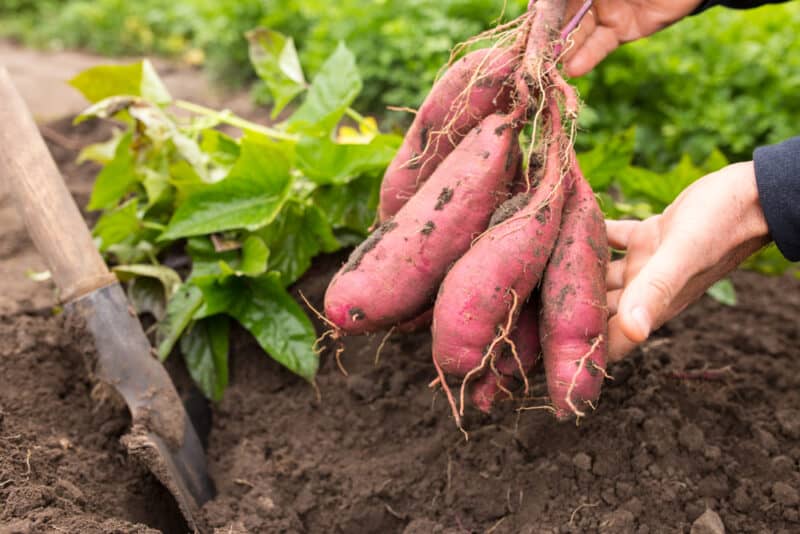
A five-inch-long sweet potato has about 115 calories (not to mention a bunch of fiber and Vitamin A). While they take at least 90 days to grow and eat up a lot of room in the garden, they’re a valuable source of nutrients to have around.
7. Avocado
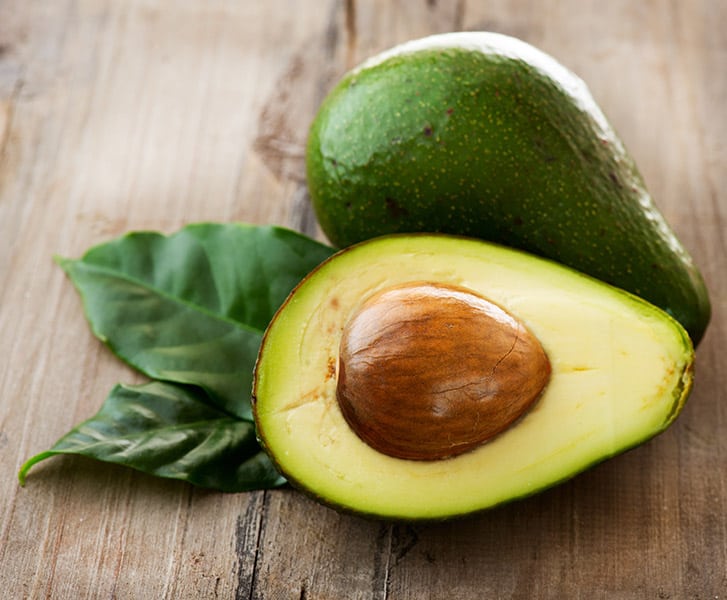
Avocados can be tricky to grow, and you must live in Zone 8 or above, but they’re worth keeping in a survival garden. One medium avocado can have up to 325 calories. Plus, they have lots of healthy fats, which can be hard to come by in a survival situation.
8. Wheat
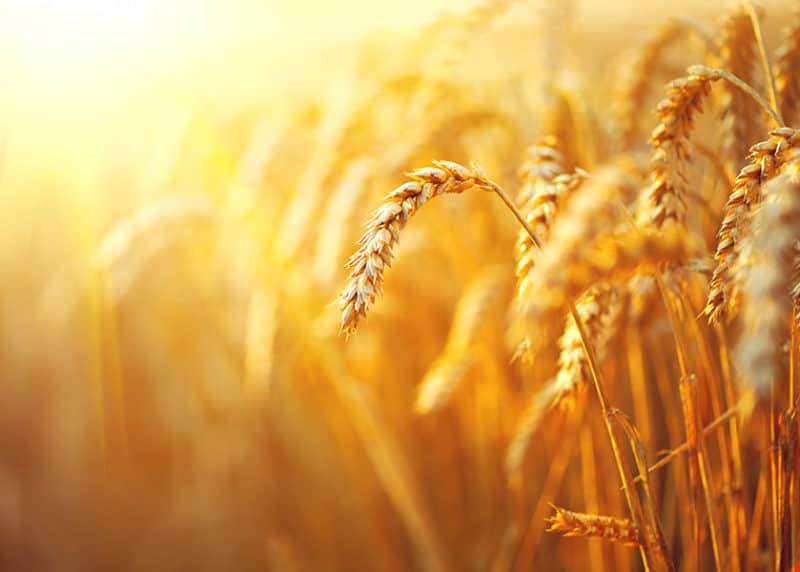
Wheat gets a bad rap these days. But wheat can be stored for years, and a cup of berries has over 450 calories. They also have a good amount of protein and potassium. If you want to take advantage of the nutrition benefits of wheat berries, eat them whole or grind them yourself.
To eat the whole berries, soak them for a while. Then you can eat them like you would oatmeal or rice. Don’t forget that you can also grow wheatgrass.
9. Jerusalem Artichokes
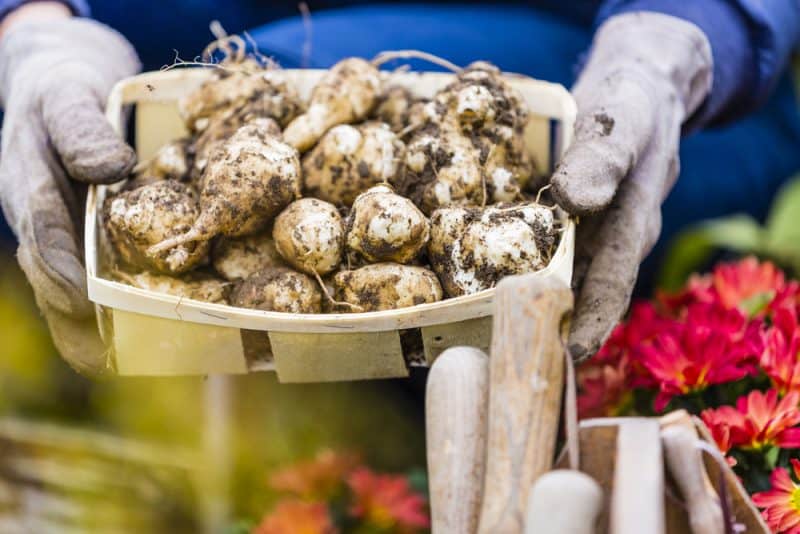
Sunchokes, or Jerusalem artichokes, are an underappreciated crop (you can also forage for them in many parts of the US). A cup of sliced sunchokes gives you 110 calories and a fourth of your daily potassium needs.
10. Turnips

While turnips aren’t the most calorie-dense crop in the world, they are effortless to grow and give you a good amount of nutrition. One medium turnip has 34 calories and nearly half of your daily vitamin C.
11. Amaranth
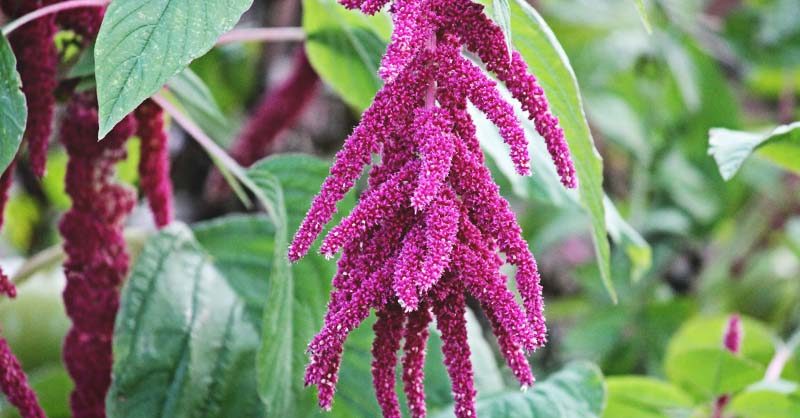
A cup of amaranth has 250 calories and 105% of your daily manganese requirements. It also has lots of magnesium, protein, phosphorus, and iron. The plants can be beautiful, though many people opt to forage for wild amaranth rather than grow it.
12. Lentils
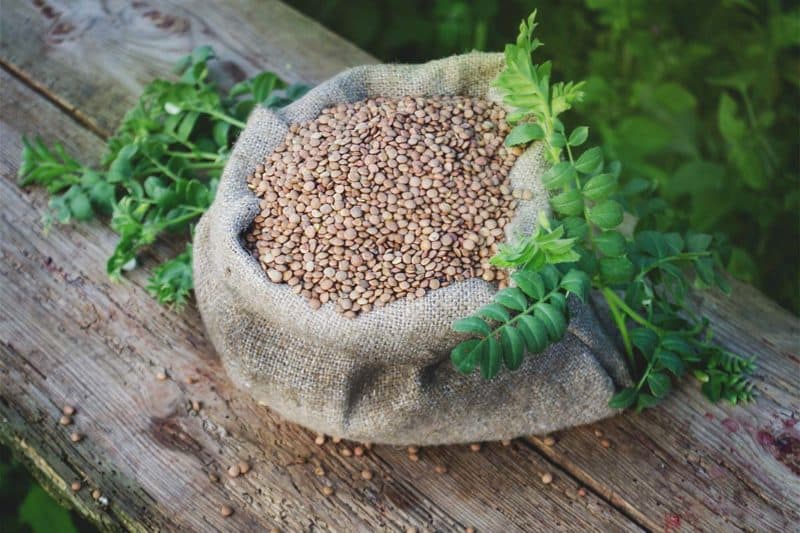
Lentils love cool weather and don’t need much space to grow, which makes them ideal as an early-season crop to provide some quick calories without sacrificing a ton of garden area.
A tablespoon of lentils has 14 calories, and they have an excellent amount of protein, iron, fiber, and magnesium.
13. Alfalfa

There are two ways to use alfalfa. First, you can sow seeds and eat the sprouts that pop up just a few days later. They don’t have many calories, but they are packed with vitamin A and copper.
If you allow the plant to mature, it’s a nutrient-dense crop for your animals. You don’t want to forget them in your survival garden planning! A pound of alfalfa pellets has nearly 1,000 calories. That’s more than both timothy hay and orchard grass.
14. Grapes
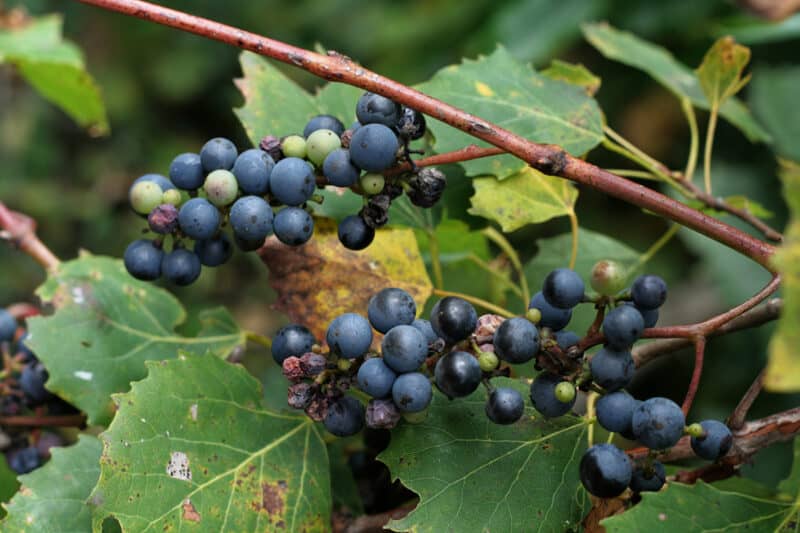
Hear me out. Fresh grapes aren’t nutrient-dense, but if you dry them to make raisins, you now have a fruit that you can store for a long time, and that provides a whopping 429 calories per cup.
While wine isn’t exactly an efficient use of grapes, you always have the option of making some for your family so you can relax after all that gardening.
15. Walnuts
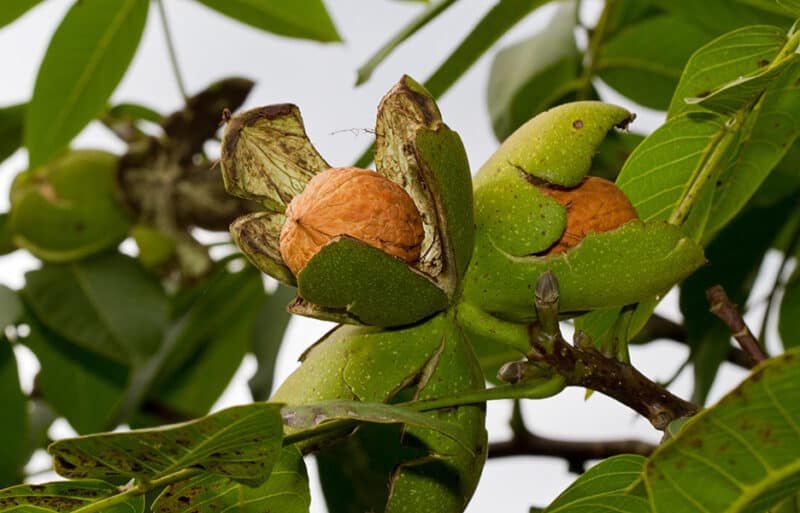
Any survival garden should have at least one nut tree on it. Walnuts are an excellent option because they contain 650 calories per cup. They also grow fairly quickly, and you can start harvesting in as few as five years.
16. Pecans
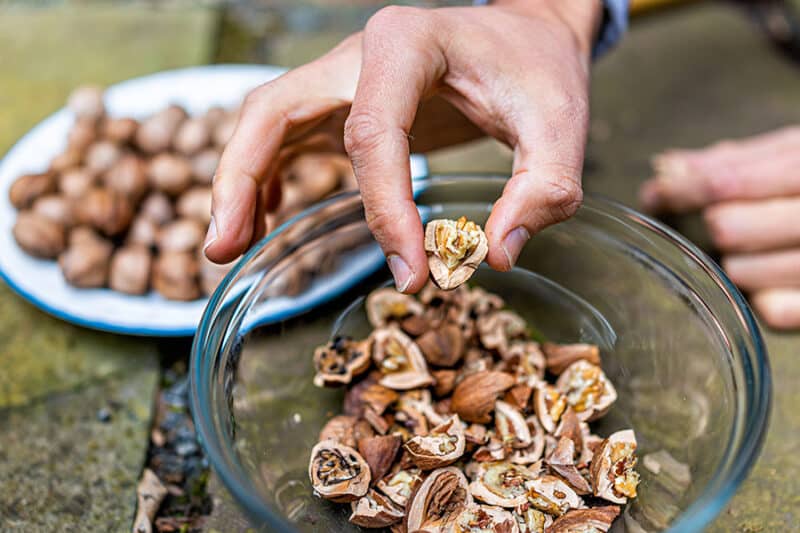
Pecans provide a whopping 690 calories per cup. That’s a lot of nutrition in just a little bit of food. Plus, nut oils are incredibly healthy. You can harvest about 50 pounds of nuts from one tree.
17. Macadamia Nuts
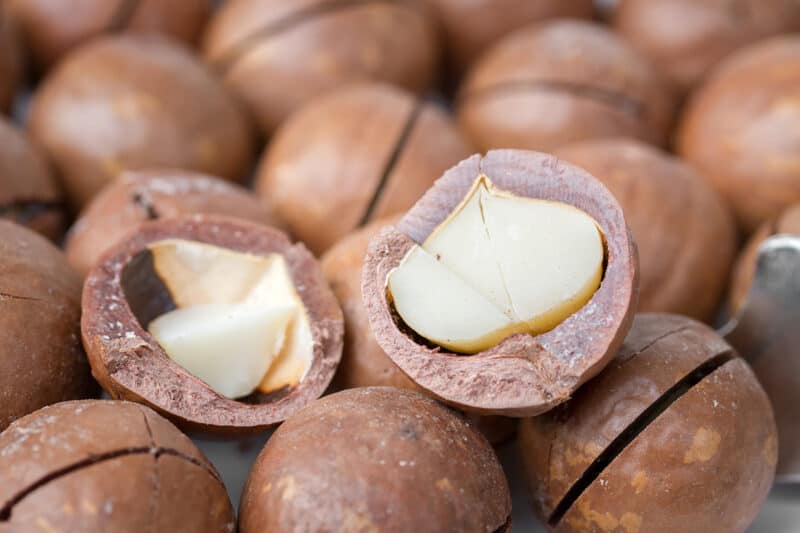
If you live in the suitable climate for growing macadamia nuts, you’re in luck. They’re some of the most calorie-dense nuts out there at 720 calories per cup. You also get 102 grams of fat and half of your daily fiber requirements.
18. Sesame Seeds

Sesame seeds are nutrient-dense, with 52 calories in just a tablespoon. They also have healthy amounts of fat and calcium. Use them as a topping on things like squash to boost calorie levels and nutrition.
Sesame seeds are expensive at the store, so you can save a ton of cash, too. Plus, the plants love a dry area, so they’re ideal if you are developing your survival garden in an arid location. If you’d like to start growing sesame seeds, our guide can help make the process easier.
19. Rutabaga

One medium rutabaga will give you almost 150 calories, as well as a third of your daily fiber and potassium. Roast them or mash them with butter. They’re delicious.

